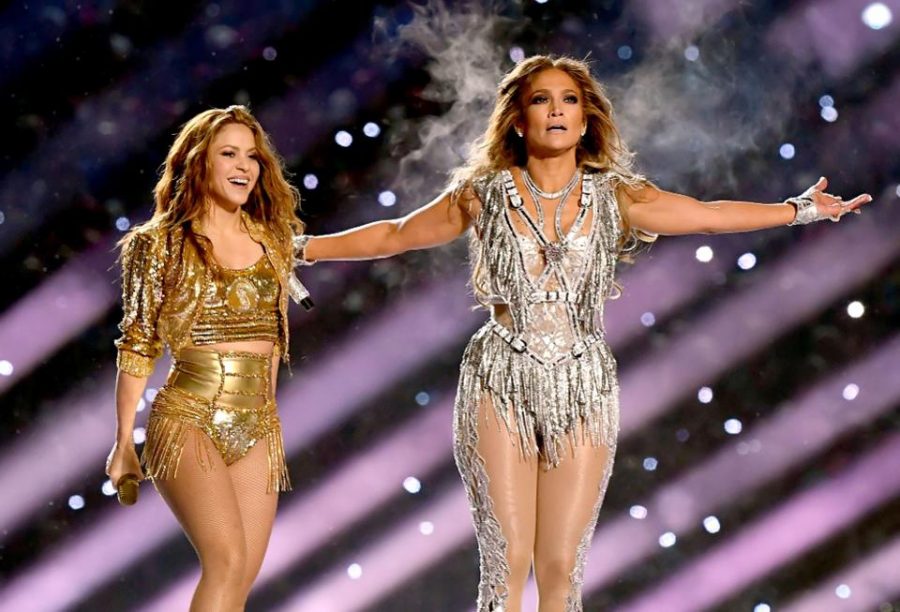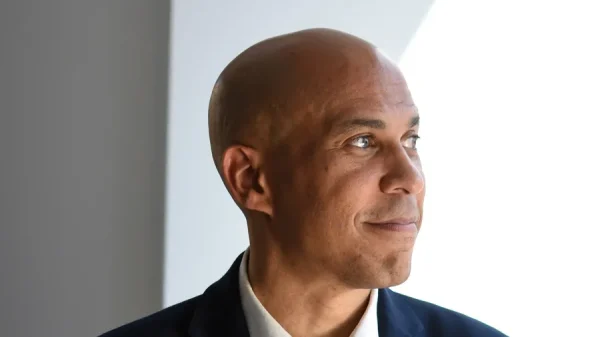The Super Bowl Halftime Show Controversy Points to a Larger Problem with Social Media
Shakira and Jennifer Lopez perform at the Super Bowl halftime show on Feb. 2, 2020.
The socially charged debate sparked by Jennifer Lopez and Shakira’s Super Bowl Halftime performance brought me to one important conclusion: we as people are incapable of engaging in productive and respectful dialogue on social media when it comes to socially charged issues.
Jennifer Lopez and Shakira’s historic Super Bowl Halftime show seemed to have something for everyone. It featured tributes to Latino and Arab culture, a string orchestra, guest performances by J Balvin and Bad Bunny, and even pole dancing. In an interview with Variety, Lopez spoke about what she hoped her performance conveyed.
“The message of standing up for yourself, being a woman – that’s what I want to pass on to little girls – everything about you – be proud of it,” said Lopez.
After the show was over, social media and news media alike erupted in deliberation. If someone was to scroll through Twitter soon after the Halftime Show was over they would see people on two sides of the argument: those who viewed the performance as empowering for women and those who thought of it as degrading towards women.
The debate even branched out to the real world. It wasn’t until I came to school and discussed the show with my peers did I notice a significant difference between the conversation online and in the real world. Despite my friends and I having disagreements over the halftime show, our conversations remained relaxed and respectful. I listened to and digested their opinions and they did the same. Online, those who felt the show was empowering were calling the other side, “MAGAs,” “Boomers,” and “pearl clutchers,” while those who felt it was objectifying were calling proponents “coomers,” and “crotch-grabbers.” Even articles by well-known media outlets were publishing headlines in which one side “slammed” the other, almost as if they were egging on the polarizing conversation. While my peers and I were able to reach a resolution and move on with our day, I didn’t see any consensus, or civility for that matter, online.
Social media has created an environment where people of all backgrounds and ideologies can come together in discussion of any topic imaginable. In a way, it has amplified our ability to practice our first amendment right of free speech. However, the Super Bowl LIV Halftime Show illustrated to me that social media has also created an environment where users feel they can say anything without fear of repercussions or backlash; an environment where people need not have a filter since they have the cover of a computer screen.
As a result of social media, people are compelled to share their opinions on everything at any given time, even if they don’t have the evidence to back up their claims. Danny Wallace, author of F*** You Very Much: The Surprising Truth About Why People Are So Rude, states that this compulsion leads them to utilize rudeness to get their point across.
“They have to broadcast that opinion, importantly, and in a forthright manner so that they cut through the noise. Rudeness cuts through,” said Wallace in an interview with Psychology Today. However, according to a study done by Pew Research Center, only 14 percent of the 4,594 adults surveyed in the US said that their views changed on a social or political issue based on something they saw on social media.
Imaan is a Senior in the Humanities program. This is her first year writing for the Poolesville Pulse. She participates in Debate, MSA, and Unicef.
Favorite...







